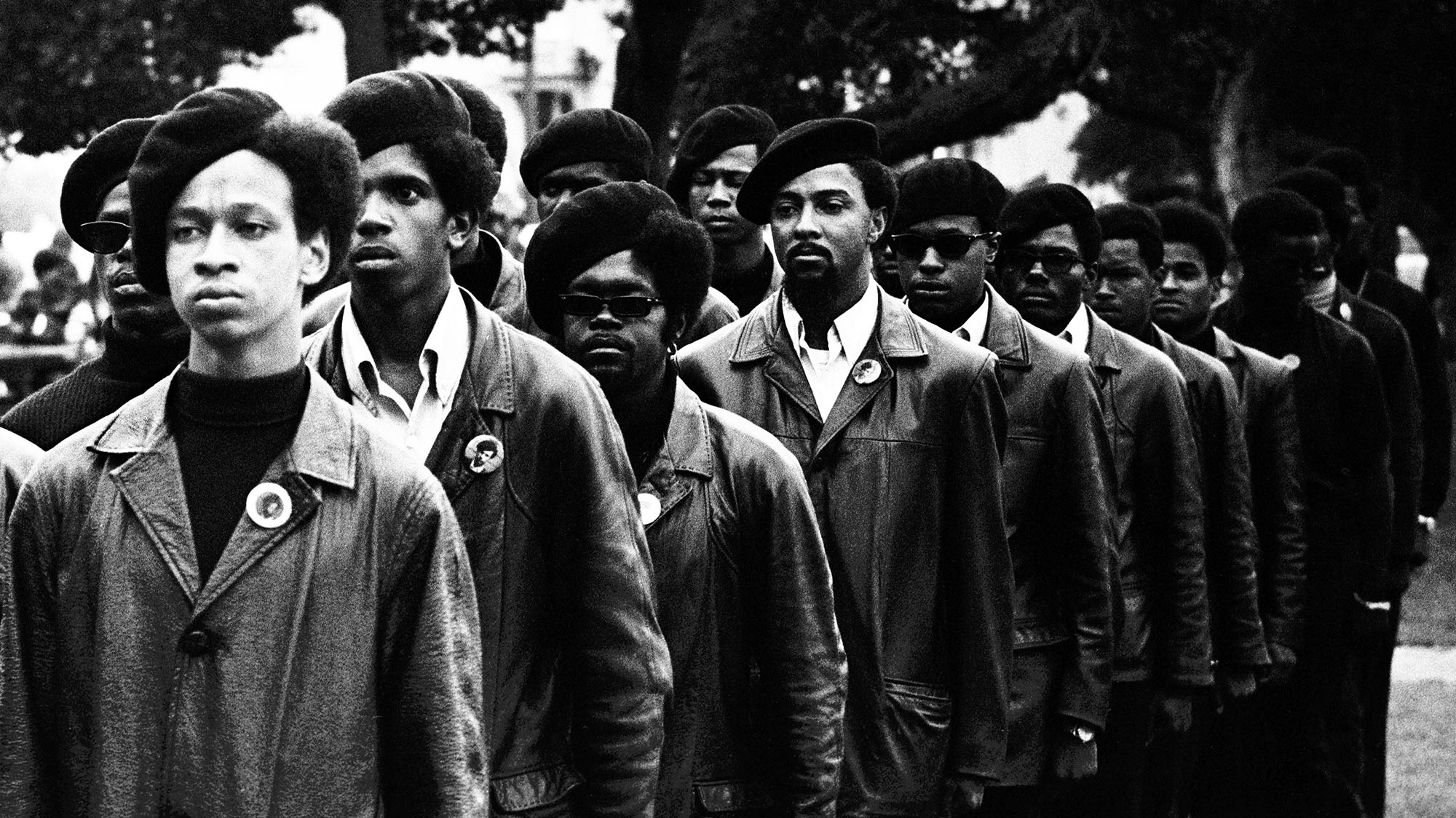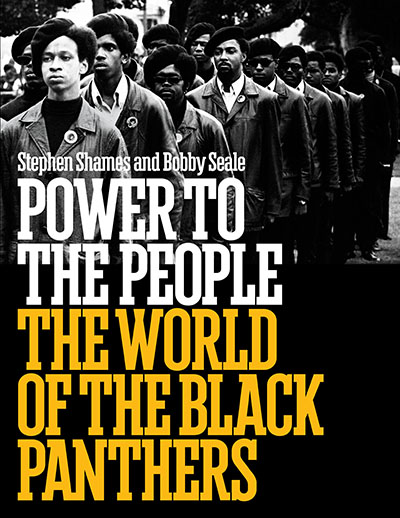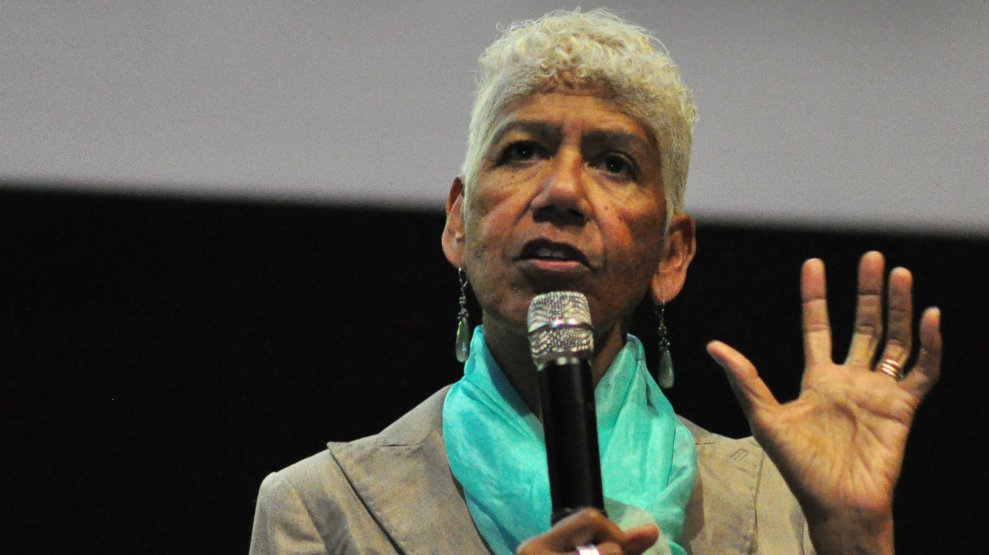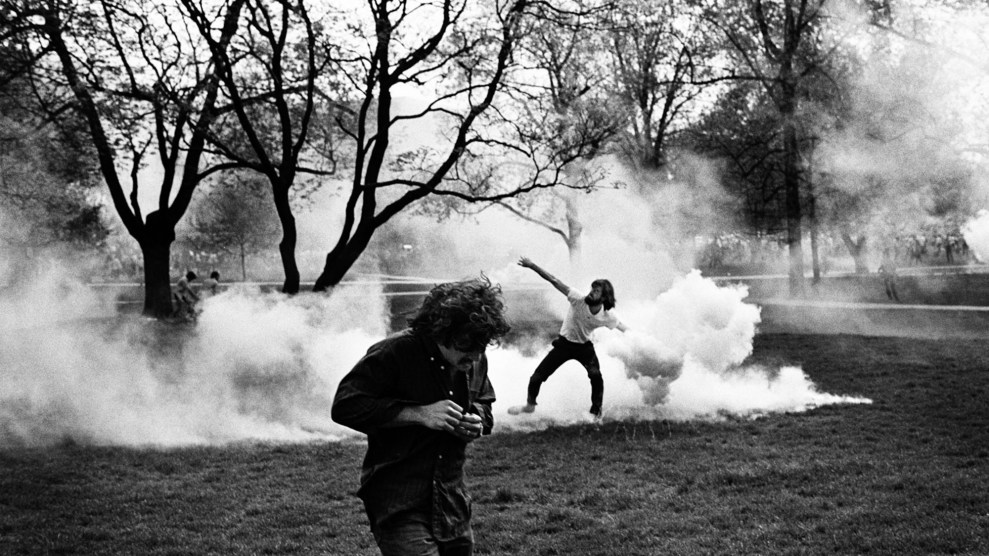For the 50th anniversary of the Black Panther Party, two exceptional new books take on the legacy and history of one of the most powerful and controversial community empowerment movements in America. One book offers a succinct but in-depth history of the party at its peak. The other scratches the itch that always surfaces around anniversaries like this, asking, “Where are they now?”
In 1968, as a student at the University of California-Berkeley, Stephen Shames befriended Bobby Seale, who became a mentor to Shames. Recognizing the importance of having someone document their revolution, Seale gave Shames unfettered access to himself and the Black Panther Party network to take pictures. It gave Shames an unparalleled, insider’s perspective on the party, from 1968 through Bobby Seale’s campaign for Oakland mayor in 1973. It’s a remarkable body of work, not just for its historical significance, but for the poignancy of the images.
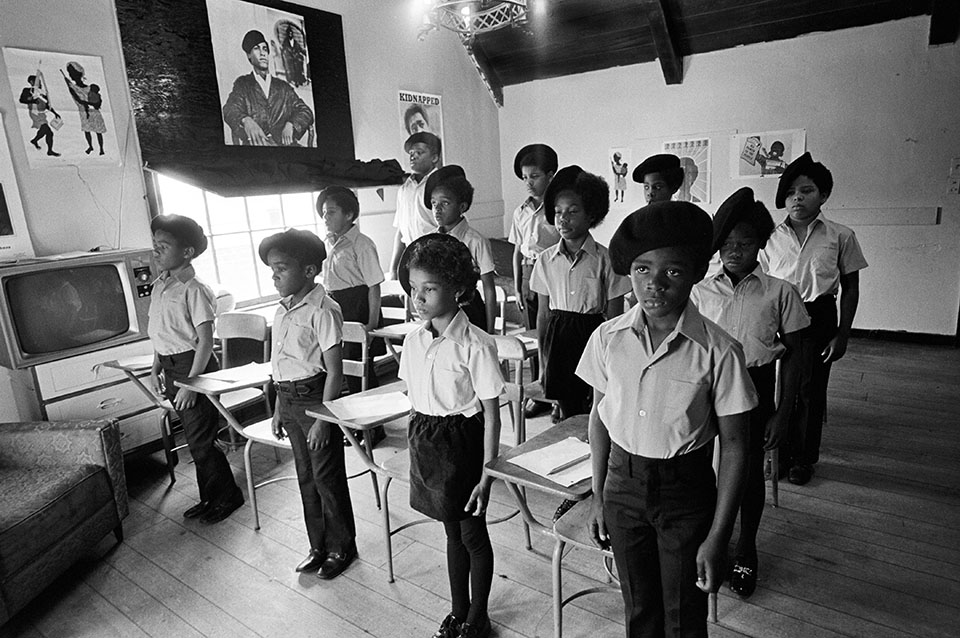
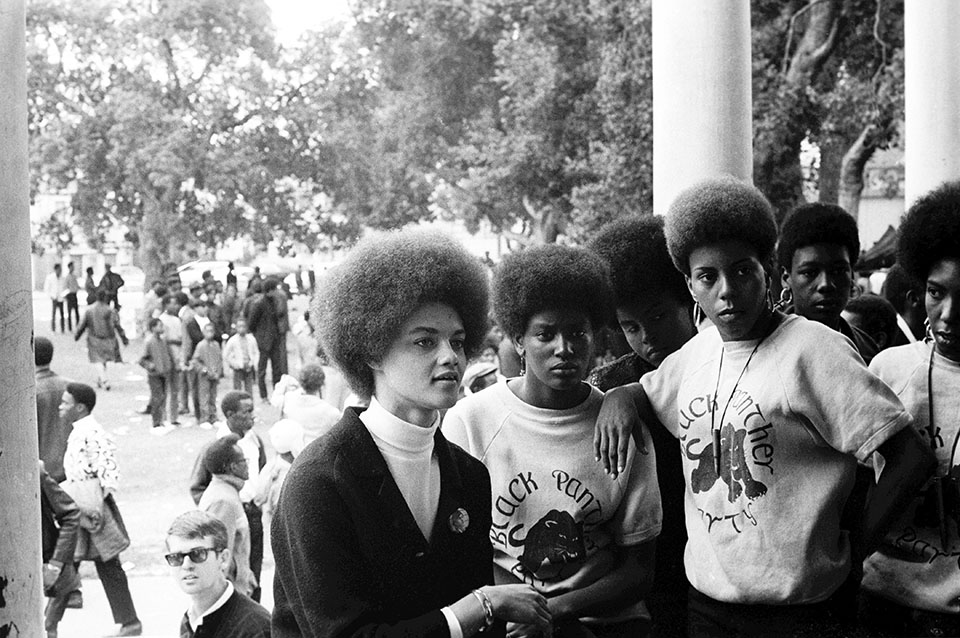
Power to the People: The World of the Black Panthers, Shames’ new book with Seale, collects photos he shot through 1973 and pairs them with Black Panther Party ephemera and oral history. It’s an excellent introduction to a movement many people see only in a dramatically cinematic fashion. In popular culture, the Black Panthers are associated with tough dudes in cool leather jackets toting guns, fed up with racism and injustice. The truth, of course, is much more nuanced.
The book details how the Black Panthers took a proactive role in bettering poor communities that were ignored, if not outright shit on, by the powers that be. Their school breakfast program—famously reviled by J. Edgar Hoover—set a now-common standard for making sure school children don’t start the day hungry. The Black Panthers helped get old people to the grocery store and, in particularly tough neighborhoods, escorted them to cash their Social Security checks. They launched schools and newspapers, organized strikes, arranged health care for people. Such community “survival programs” were the backbone of the party. As Seale puts it, “The real heroes of the Black Panther Party were the thousands of sisters and brothers who made our survival programs work.”
Shame’s photos concentrate on the Black Panthers’ activities in Oakland and Berkeley, but he also got around, traveling across the United States in 1970 to document Panther activities in Boston, Chicago, New York City, Philadelphia, and Toledo, Ohio, among other cities. This was at the height of tension between the FBI and the Black Panthers, when the group’s headquarters around the country were being raided and bombed and fortified in anticipation of shootouts. A time when Panthers like Fred Hampton were being killed. It was a heavy time.
Shames says his photos are “aspirational,” but the tension and disquiet come through. The photos don’t capture the more controversial aspects of the Panthers, which are instead bluntly dealt with in the text by Seale and others.
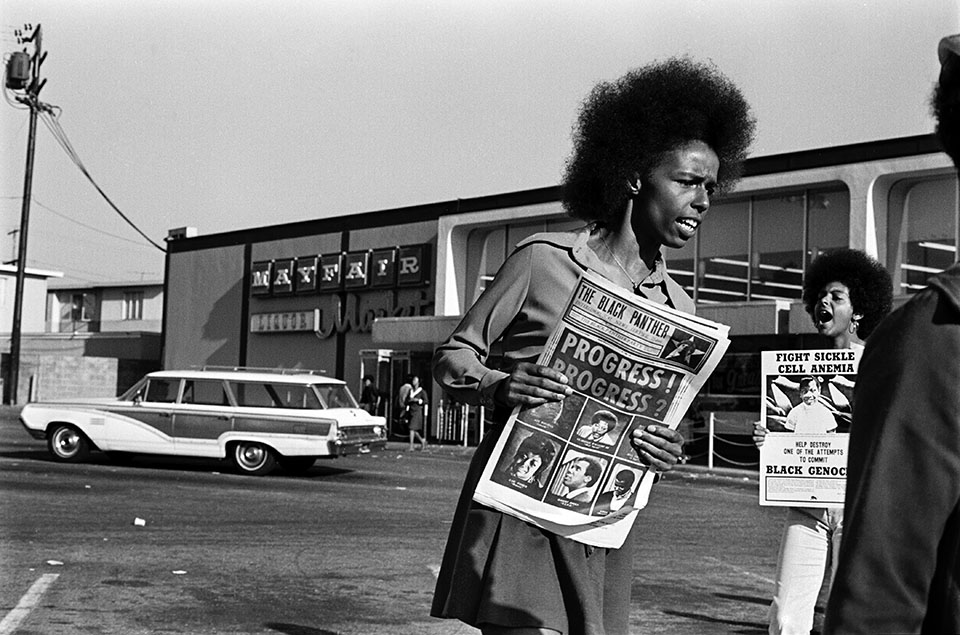
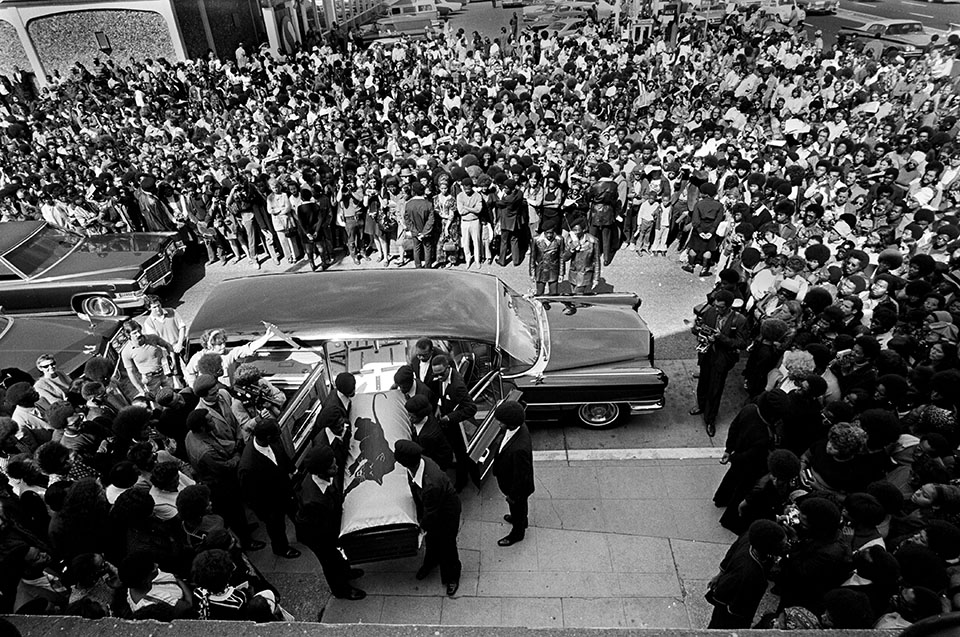
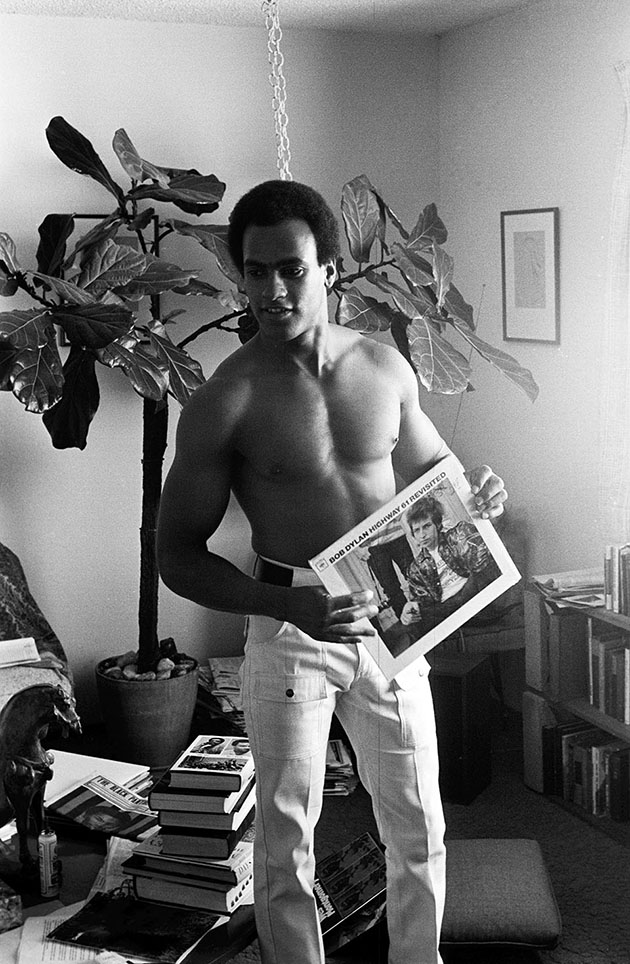
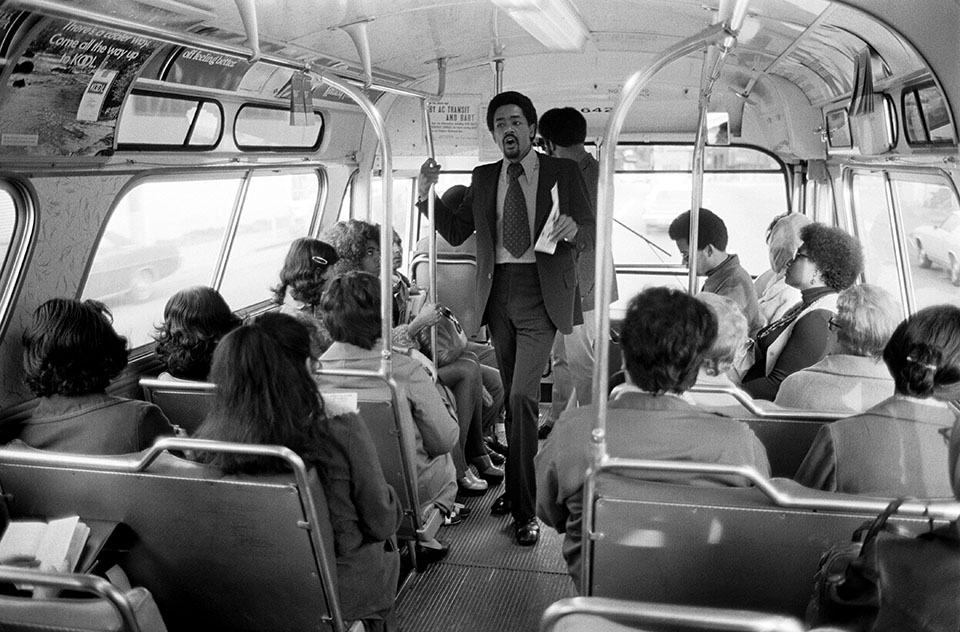
Power to the People wraps up with Shames and Seale reflecting on the current mood in America and the legacy of the Black Panther Party, featuring photos of recent Black Lives Matter protests.
And that brings us to Bryan Shih and Yohuru Williams‘ book, The Black Panthers: Portraits From an Unfinished Revolution (Nation Books).
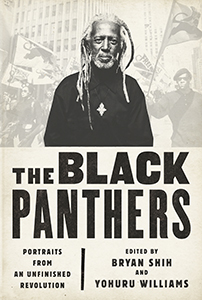
While no doubt rooted in the past, Portraits From an Unfinished Revolution focuses squarely on the present, with portraits and interviews with former members today. While the authors did an excellent job of tracking down higher-ups in the party, the book smartly turns its focus to the “real heroes,” the group’s rank-and-file members, giving us a fuller picture of life as a Black Panther, and the impact those years had on people’s lives. Some of the former members are now academics. Some are solidly working class. Some are in prison. And many remain active as organizers and activists.
Shih’s simple, powerful, Richard Avedon-esque black-and-white portraits are paired with short pieces on each person: who they were then, where the Black Panther Party took them, and where they are now. Interspersed among the interviews are essays on different aspects of the Black Panthers.
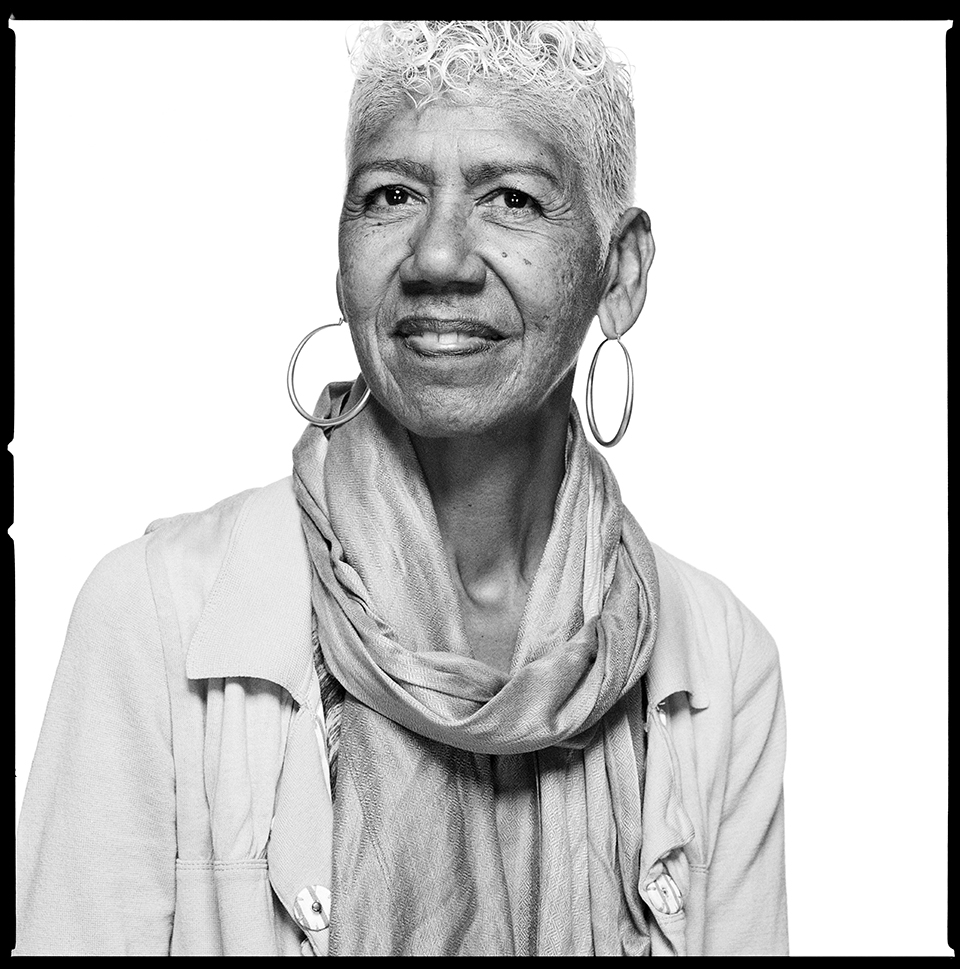
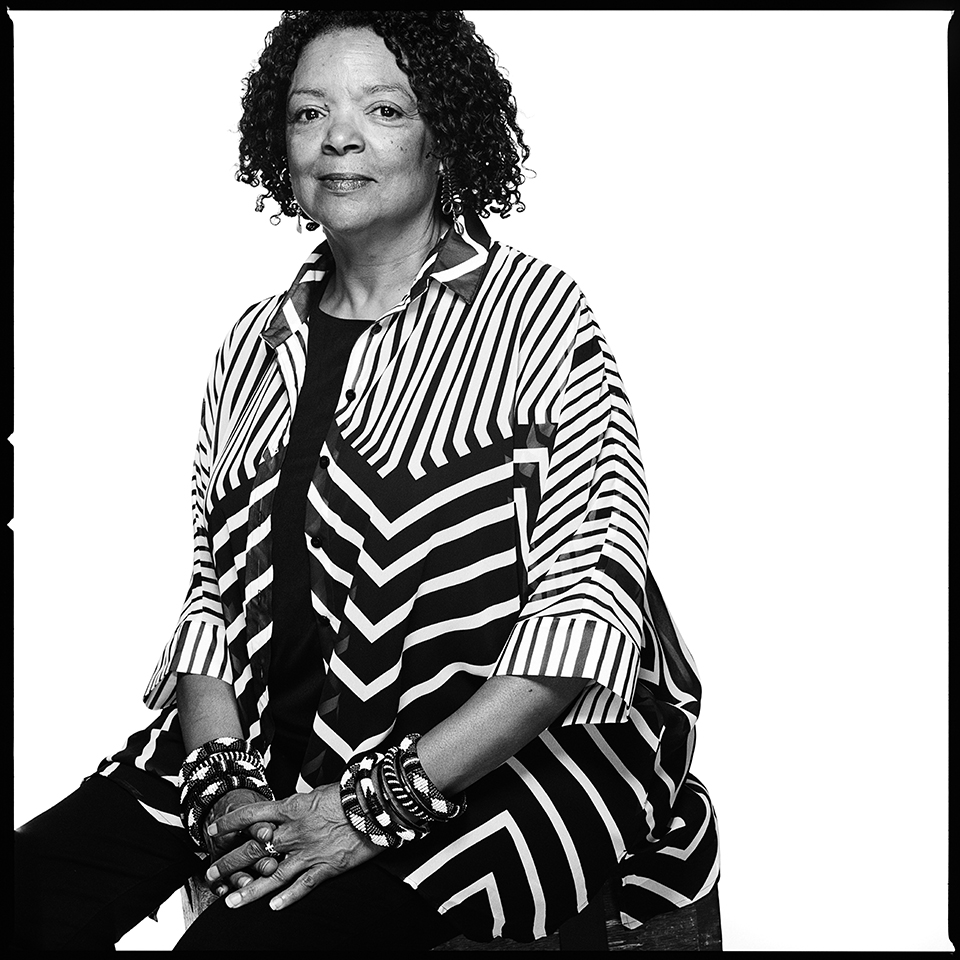
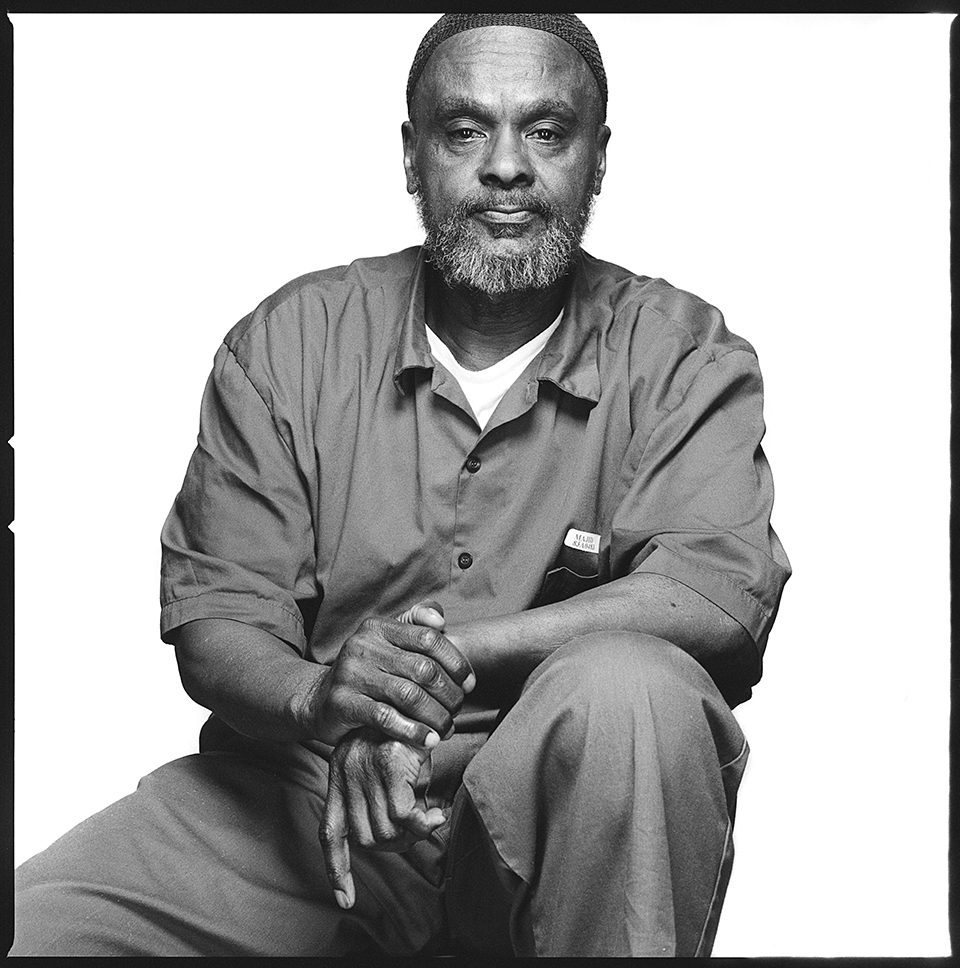
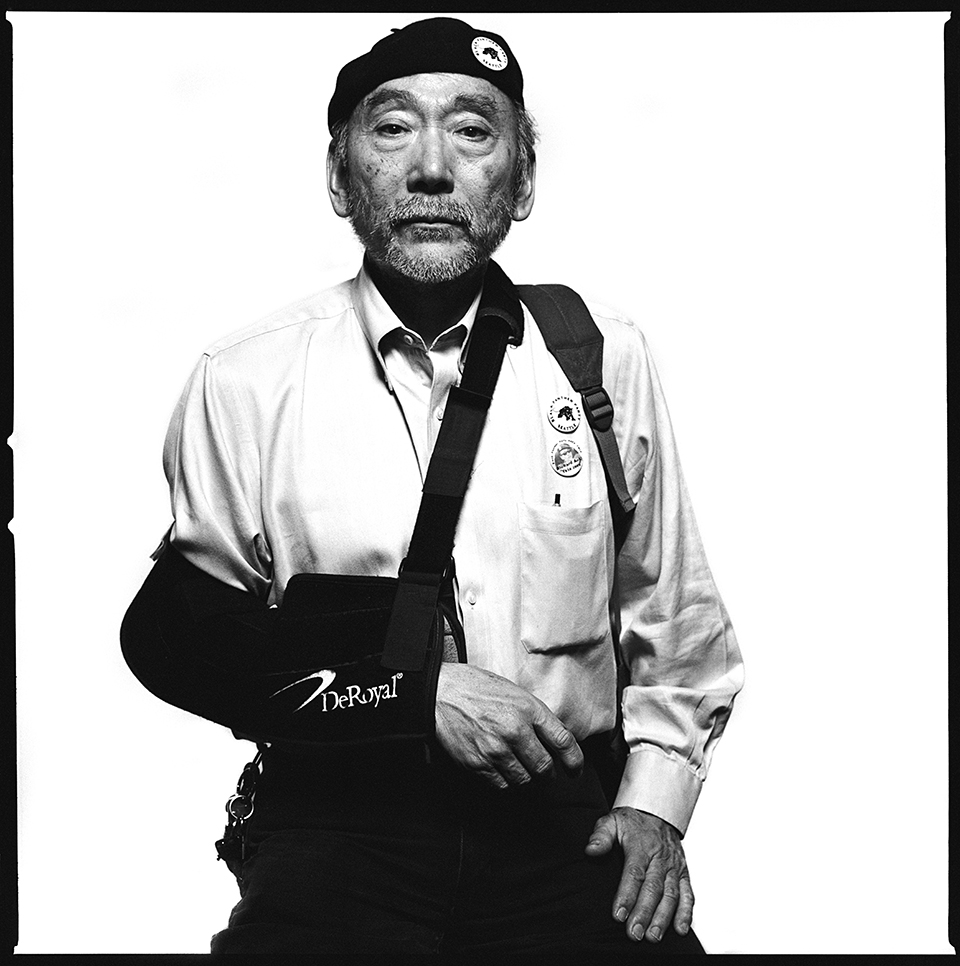
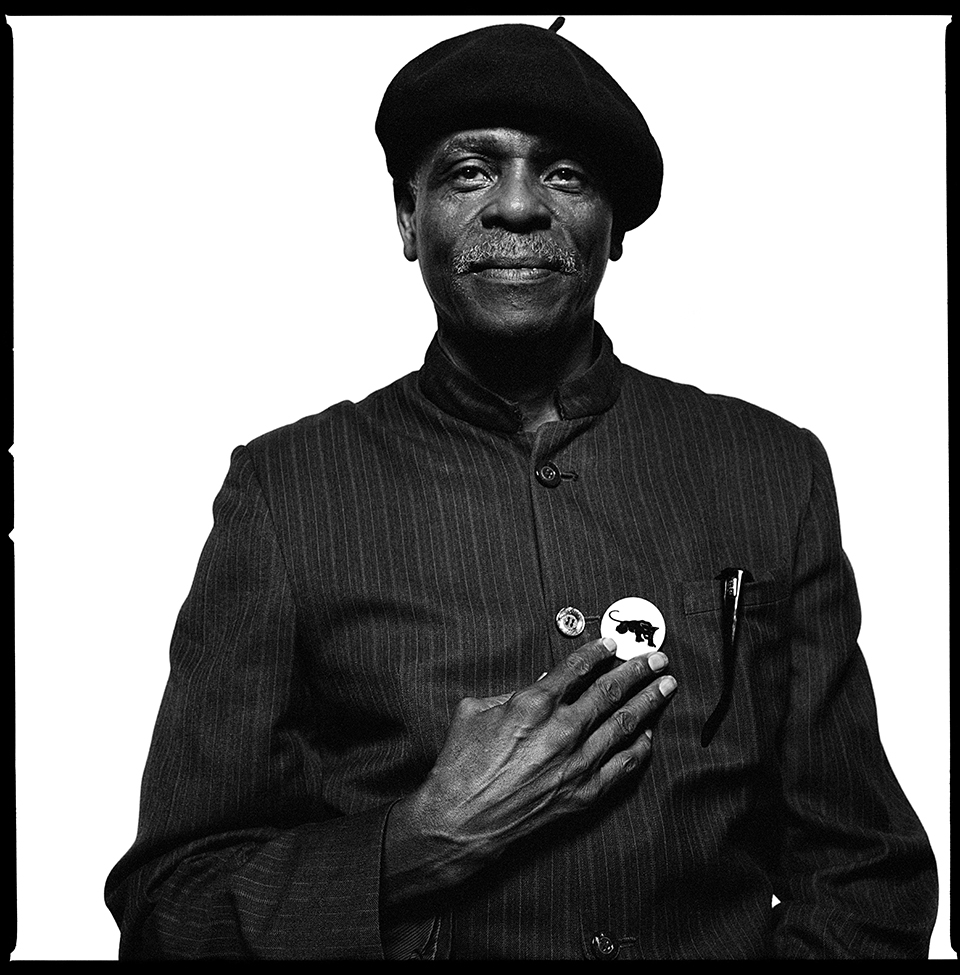
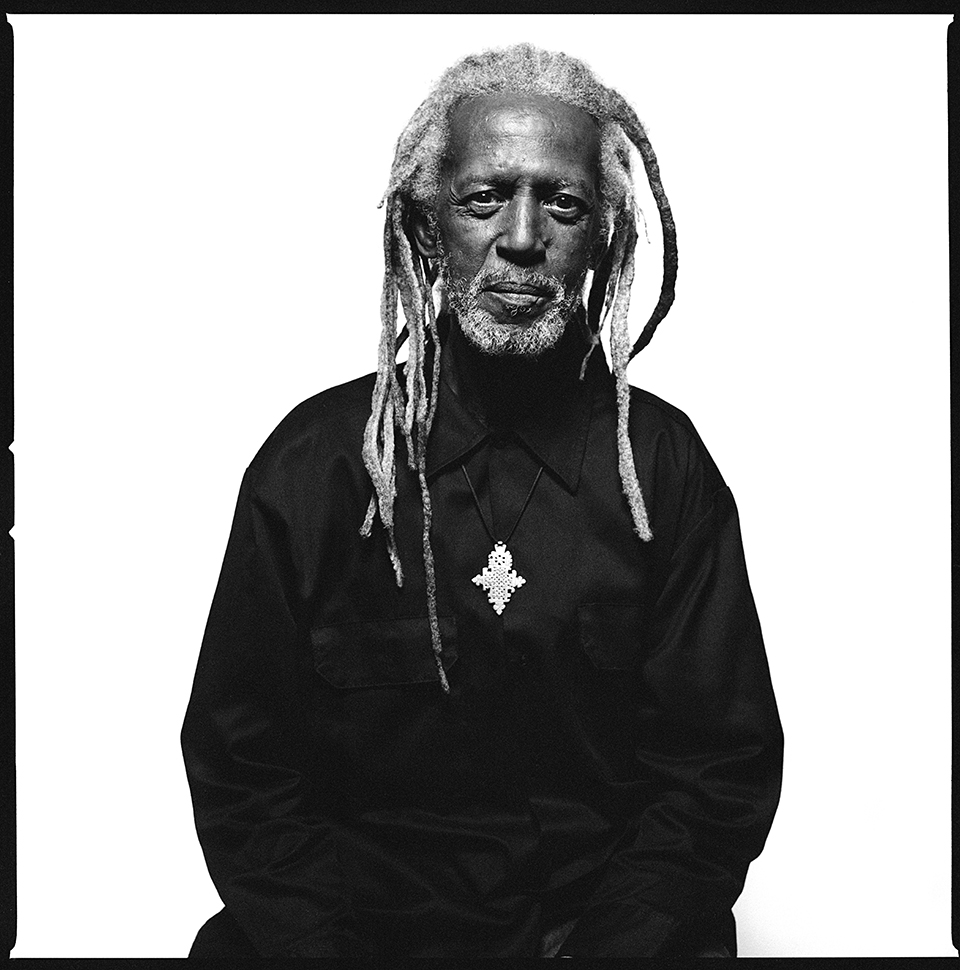
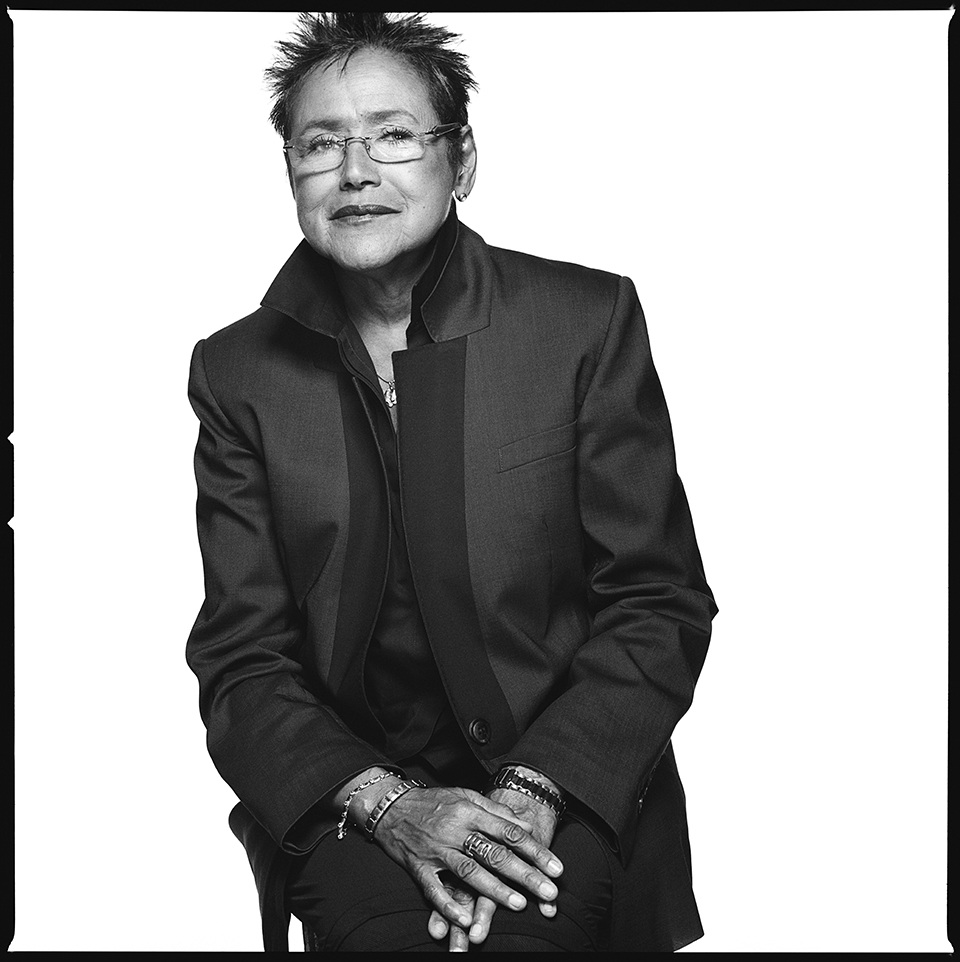
Taken together, the books offer a well-rounded primer on the Black Panther Party, then and now, top to bottom. You can find books out there with a more detailed history and books that go deep in the political thinking and revolutionary tactics employed by the Black Panthers. Dozens, if not hundreds of academic books parsing the party have been written. If you want to go deep on biographies, they’re out there, too. But for a solid introduction or a quick refresher, you can’t do better than this.
Shames’ photos are on exhibit at the Steven Kasher Gallery in New York City through October 29. Shames and Seales will be doing book signings in DC the last weekend of October, including one at the National Museum of African American History and Culture on October 30. Shih’s photos are part of the Oakland Museum of California’s impressive “All Power to the People: Black Panthers at 50” exhibition, on display through February 12.
* Name corrected.
